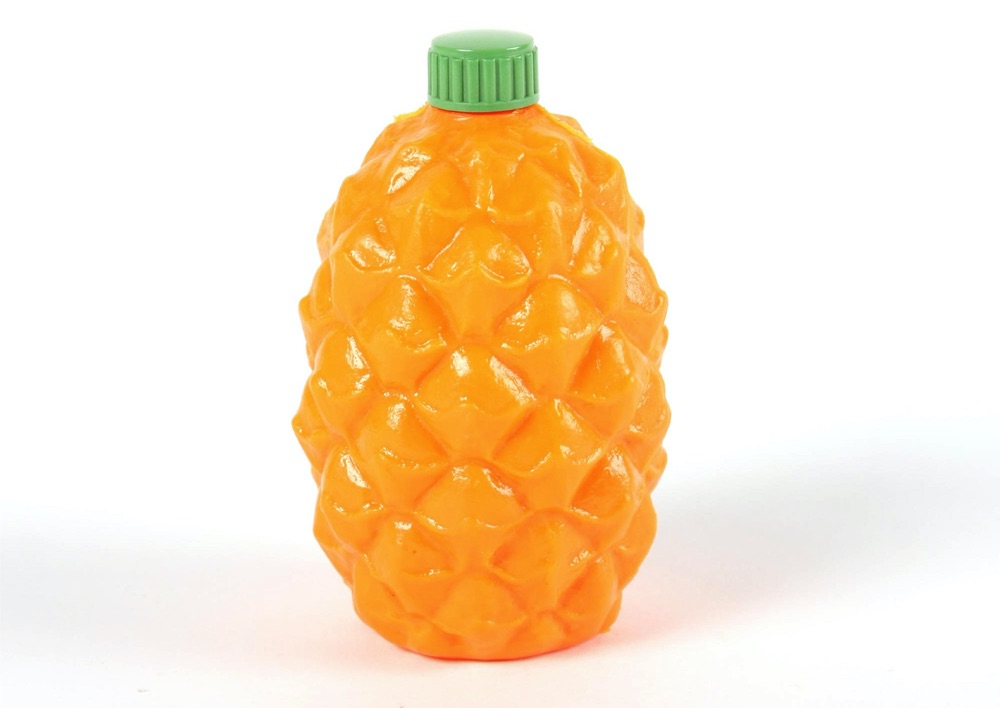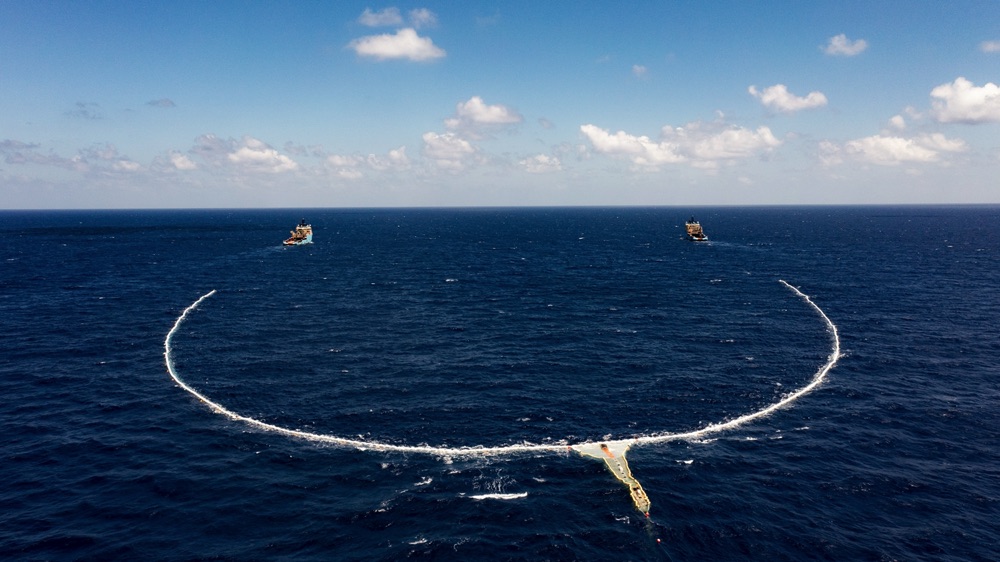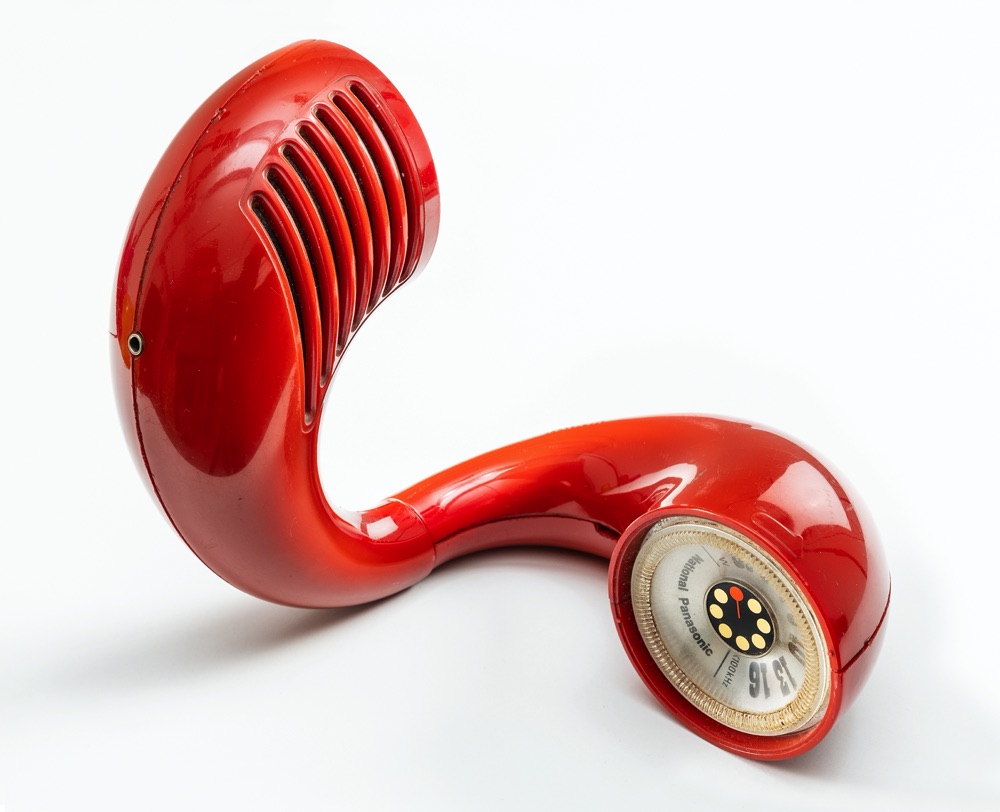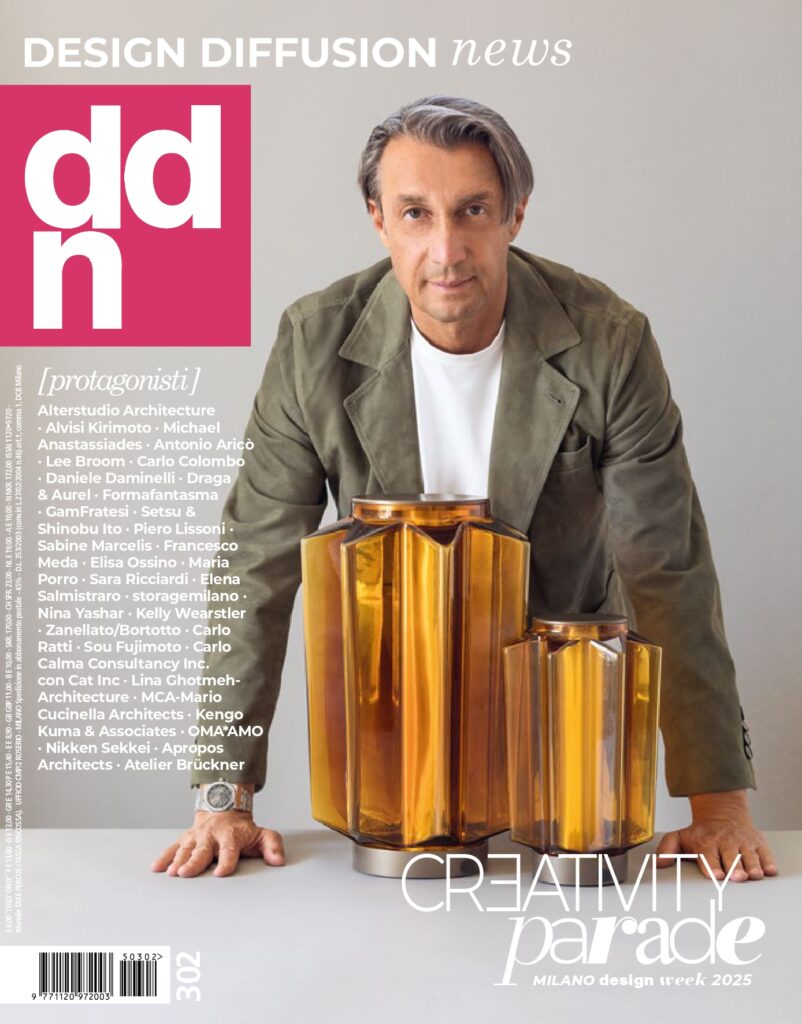The Vitra Design Museum presents Plastic: Remaking Our World, an exhibition dedicated to the history of plastic and today’s issues
If there is one material that has completely reshaped our daily lives, it is definitely plastic. Over the last 70 years, plastic has entered all everyday objects; from packaging to footwear, from household goods to furniture, from automobiles to architecture, there is no object that does not contemplate the use of some plastic part. A symbol of carefree consumerism and revolutionary innovation, plastics have spurred the imagination of designers and architects for decades. Now the Vitra Design Museum dedicates an exhibition to plastic and related issues.

After about a century since its introduction, today’s plastic boom and the lack of plans for its disposal are showing their impact on the environment, sometimes dramatic. Plastic has therefore lost its appeal as the ‘material of the future’ and is regarded with suspicion and distrust.
The exhibition “Plastic: Remaking Our World” at the Vitra Design Museum examines the history of this controversial material – from its meteoric rise in the twentieth century to its environmental impact – and tries to imagine a more sustainable use of plastic.
Discover furniture in bioplastic and recycled plastic

Plastic and the issue of disposable products
The exhibition starts from the present, with a large-scale video installation spotlighting the conflicts linked to the production and use of plastic. The formation of fossil resources such as coal and oil took more than two hundred million years, while the synthetic materials made from them needed little more than a century to become a problem of planetary scale. On the one hand, the invention of plastic has democratized consumption; on the other, it has given rise to a frenzied throwaway culture that threatens our global environment.

After the introduction, the exhibition illustrates the evolution of synthetic materials from the mid-nineteenth century to the present. From the first plastic materials, many of which were plant-based, to Bakelite, the first revolution in the world of plastics, made from purely synthetic components. From the 1920s onwards the petrochemical industry began to take an interest in plastics.

This marked the beginning of an era of ‘petromodernity’. Post-1945, these materials found new domestic uses in plastic cups and plates, toys like Lego and the Barbie doll, or the coveted Nylon stockings (a material invented by Dupont in the 1930s). Between the 1950s and the 1960s, plastic expanded into the furniture sector. Among the products on display at the exhibition dedicated to plastic by the Vitra Design Museum are Eero Aarnio’s Ball Chair (1963) and Gino Sarfatti’s Moon Lamp (1969).
Discover furniture in bioplastic and recycled plastic

Disposal and microplastics: the role of design
The evolution of plastic has progressed over time, and now there are many different types of plastics with very different characteristics. Today, the problem of plastic pollution is manifesting itself in all its drama. From microplastics in the soil and in the oceans to mountains of packaging waste that are often disposed in countries of the Global South, ecological consequences are becoming overwhelming. We are wondering how to overcome the global plastic waste crisis. And this is the subject of the third part of the exhibition, which answers the question “what role can design play in the process?”.

In this section, the exhibition presents projects such as The Ocean Clean Up, Everwave, The Great Bubble Barrier, which were developed to filter plastic waste from rivers and oceans, while making it clear that an effective reduction of plastic waste must start at a much earlier point. Reducing packaging and single-use products requires a circular design approach that takes account of an object’s entire life cycle.
An example for this is the Rex Chair (2011/2021) designed by Ineke Hans, which can be returned to the manufacturer for repairs or recycling. Meanwhile, the ordinary plastic drinking bottle serves as a case study to show that reducing the high quantity of single-use plastic requires a combination of infrastructures – in this case, deposit-return schemes, adapted production facilities, and alternatives such as drinking fountains.

Bioplastics and recycling
An exhibition satellite in the Vitra Design Museum Gallery sets a special focus on recycling plastic. It is centered around the Precious Plastic project initiated by Dave Hakkens in 2013, which illustrates how plastic waste can be turned into a valuable resource. Today, many scientists and designers are going back to exploring materials that are based on renewable rather than fossil resources and often referred to as bioplastics. The exhibition presents experiments with algae by Dutch designers Klarenbeek & Dros, research on mycelium at the Karlsruhe Institute of Technology, and other promising technologies. For example, British startup Shellworks harnesses microorganisms to create plastic, while the University of Portsmouth and ETH Zurich are both testing enzymes for plastic degradation.

The exhibition Plastic: Remaking Our World offers a reassessment of plastic in today’s world that is both critical and differentiated. An interdisciplinary approach in which politics, industry, science, and design collaborate closely to tackle the plastic problem will be needed. There will be no simple remedy to this issue. For this reason, the exhibition aims to address the bigger picture of plastic and its role in our world; by analyzing how we came to be so dependent on plastics we can reimagine a possible future for such a controversial material.

Plastic: Remaking Our World
26 March – 4 September 2022
Vitra Design Museum, Weil am Rhein
An exhibition by Vitra Design Museum, V&A Dundee, and maat, Lisbon














